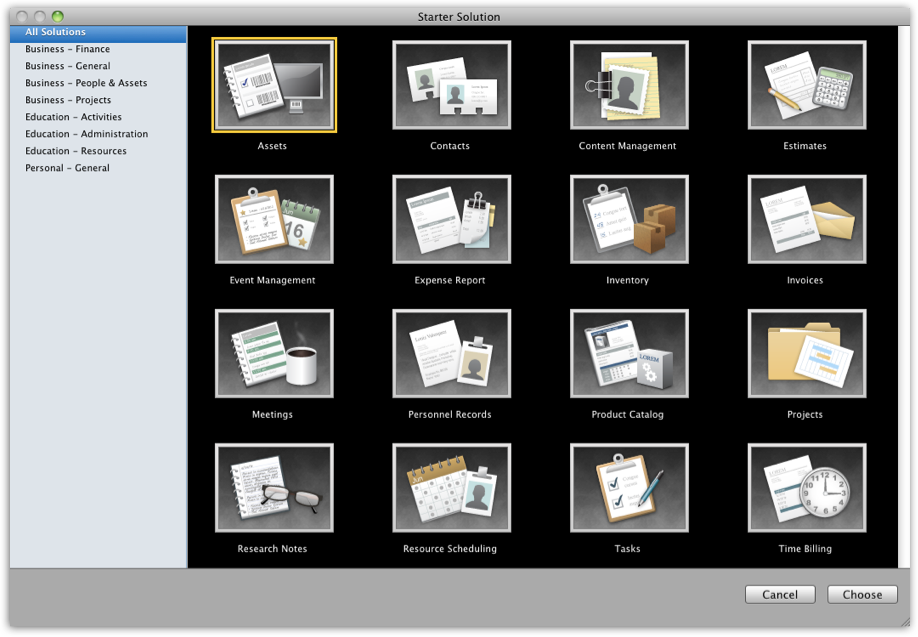

The break field defines how those larger trends will be manifested on your report.

The main purpose of subsummary reports is to enable you to roll up data to a less granular level so that you see larger trends in your data that may be obfuscated when looking at simple lists. As an example, in a billing system you probably wouldn't choose to use an invoice total or invoice date field as a break field, but you might use an invoice type, invoice status, or invoice month field. As such, break fields are almost always categorical (rather than continuous) data elements. The purpose of a break field is to segment your data into useful subdivisions.

The number of unique entries in the break field for the current found set of data (here, two: Male and Female) determines the number of groupings, or subsummaries, that will be present on the report. The break field is the column of data that determines what records appear with what grouping of information. Understanding break fields is crucial for understanding subsummary reports. In this example, the Gender field is acting as the break field. The heading for each particular group of data appears only once instead of redundantly on each record of the list. You can easily see that the difference in the subsummary version is that the data has been grouped by gender. If this data set were to be presented in FileMaker Pro as a subsummary report, it might be structured something like the following: After you become comfortable with the basic techniques for creating subsummary reports, you'll find that they form an important part of your reporting repertoire.Īs a good place to start thinking about subsummary reports, consider the sample data set in Table 10.1. It takes but little effort to extend a list report into a summary report, but the additional amount of information subsummary reports can convey is significant. Subsummary reports are perhaps the most useful of all the reporting techniques in FileMaker Pro.


 0 kommentar(er)
0 kommentar(er)
